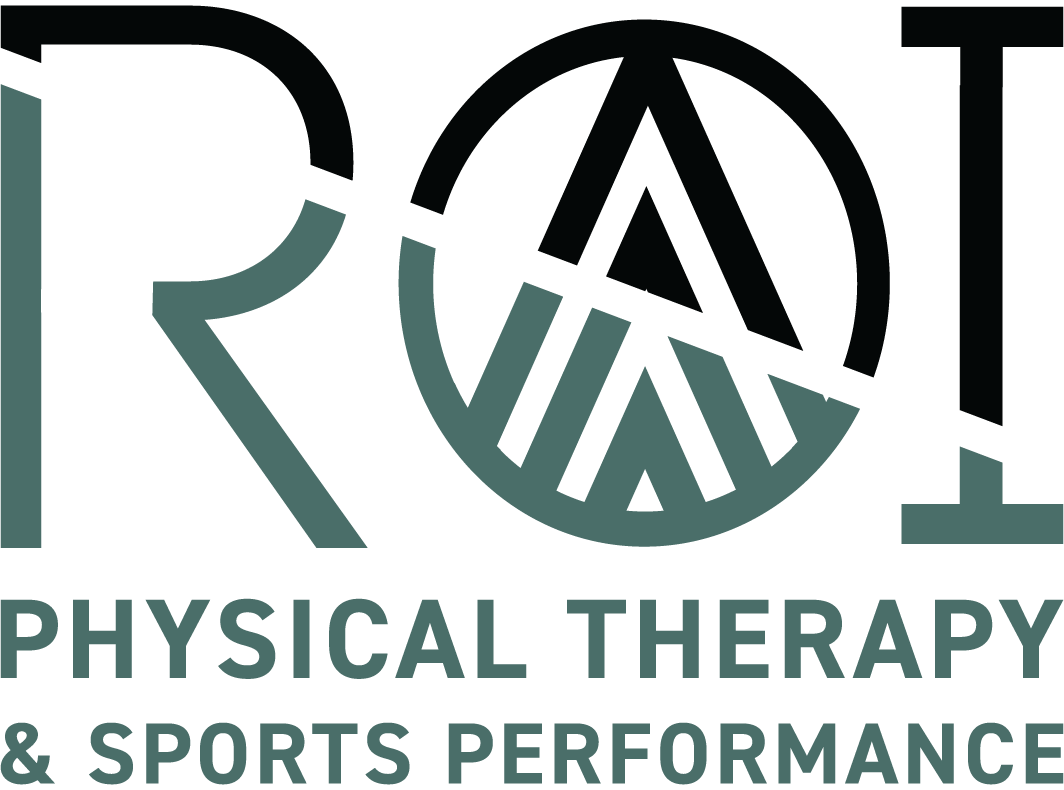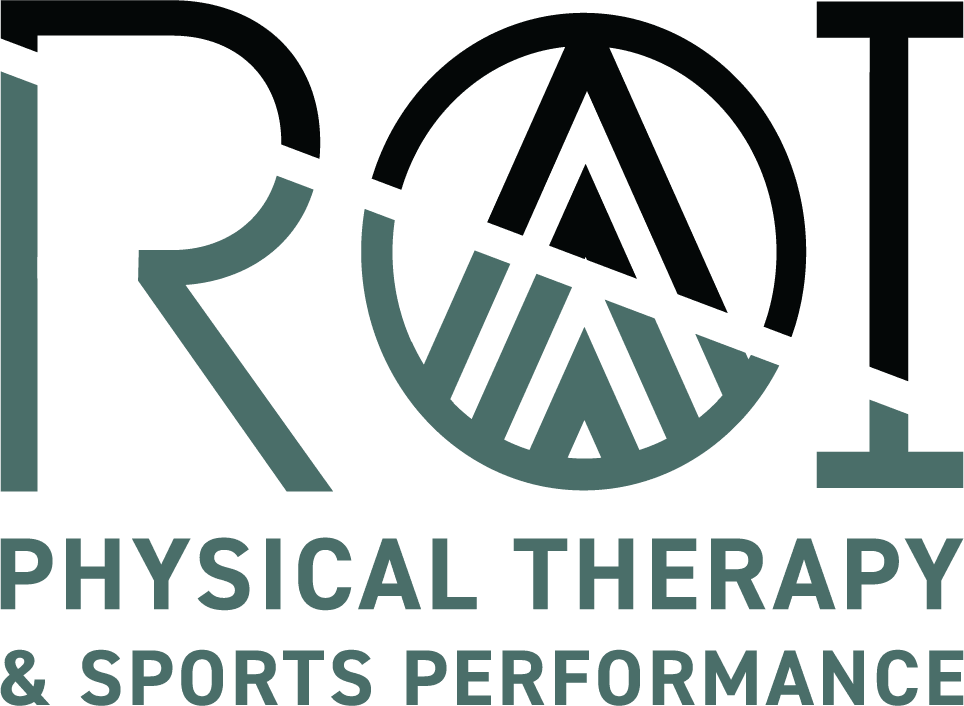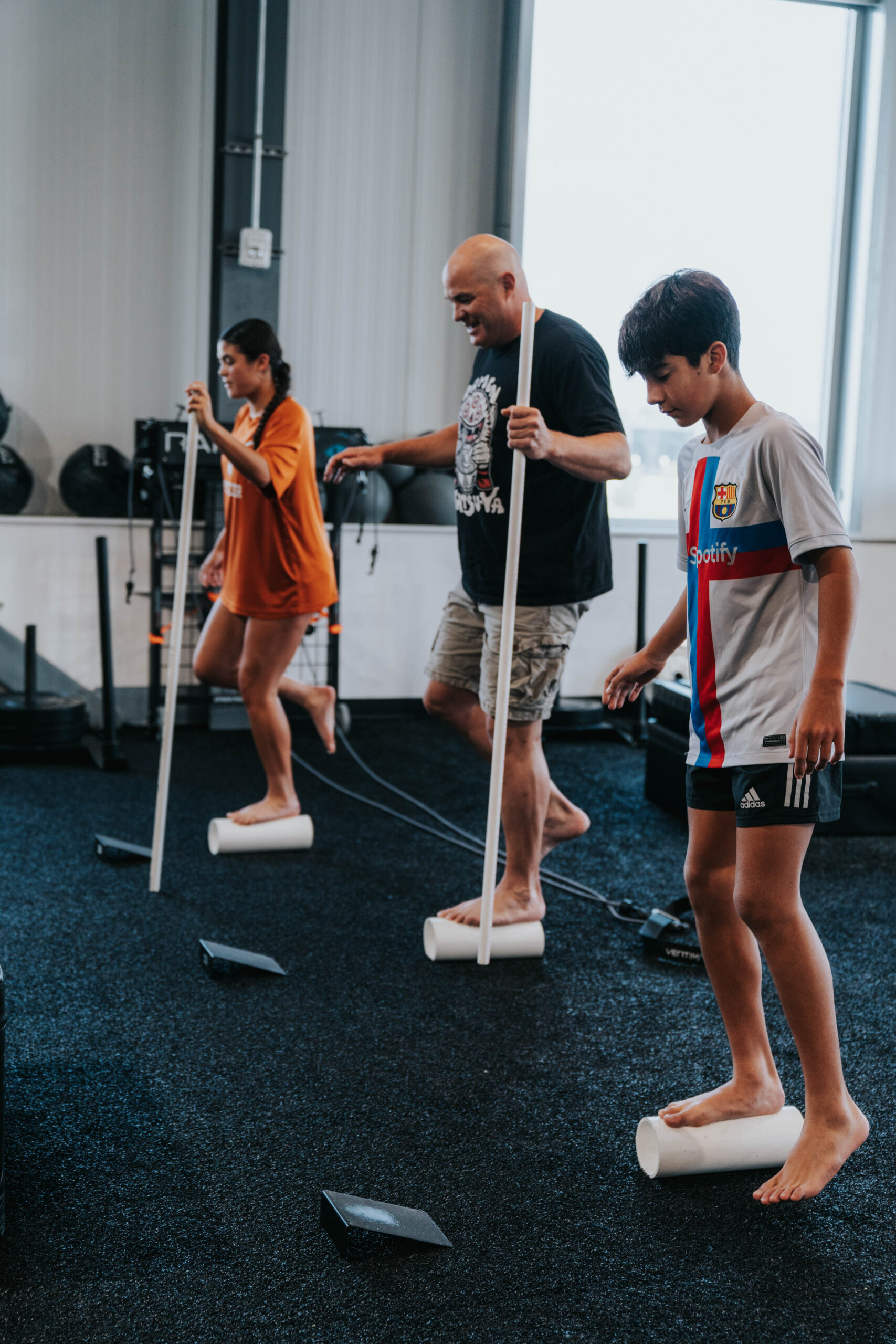Working out consistently takes discipline, persistence, and commitment. Staying physically active can be tough, but research has shown that working out with a buddy—or training in a group—can have great benefits. According to the CDC, working out with a partner can help you to feel more motivated, to be more adventurous, and to stay more consistent. It is key to find the right workout setting in order to meet your fitness goals, fit your schedule, and inspire your commitment. When it comes to building strength and maintaining muscle, group strength training sessions can be a great option. Read on to learn the answers to 9 FAQs about group strength training.
What are some of the benefits of group strength training? There are so many good reasons to join group strength training workouts. In addition to strength gains, a few more benefits include:
- Motivation: When a group of peers are counting on you to show up to a workout, it can add motivation and accountability. Working out with a group of people can help you to stay on track when it comes to your strength goals.
- Challenge: Training in a group setting can mean that you incorporate a good variety of different exercises. This both challenges your body and keeps you interested.
- Connection: Socializing is another benefit of group strength training; connecting with others is essential in many aspects of life. Working out is great for your health; making new friends can be even better.
- Guidance: In a group setting, you not only have peers to motivate you, you also have leadership and expertise from a certified trainer who can offer helpful tips and feedback for your strength training.
How is group strength training different than personal training? Of course, there’s one obvious difference between group and one-on-one training sessions—the number of people. Both of these kinds of training can be quite effective, but they can vary by things like cost and the level of tailoring the trainer can do. One bonus of group strength training is receiving inspirational and motivational encouragement from peers during your sessions.
What does a group strength training session entail? A typical group strength training class may last for 45 minutes to an hour. It is essential to warm up muscles before diving into strength training exercises. A cool-down is often a key part of these sessions as well. The types of strength routines you do might vary depending on the trainer and depending on your specific goals and needs. Strength training will often focus on major muscle groups like legs, arms, back, and chest.
How often should athletes do group strength training? Athletes who strength train often have the goal of getting maximum gains for performance in their sport. Striking a balance for training and conditioning is key. While the American Academy of Sports Medicine recommends strength training for adults 2 or more days per week, it’s wise to work in some recovery time in between strength training sessions. Beginners may want to start with 1 or 2 sessions before moving up to 2 to 3 times per week.
Where can I find a gym with group strength training? ROI Physical Therapy and Sports Performance is located inside The Crossover in Cedar Park, Texas. Housed in a 7500-square foot facility, ROI offers state of the art equipment for clients. ROI believes athletes should invest in their whole body; group strength training is one way to stay healthy and get stronger.
What do group strength training sessions focus on? At ROI, strength and conditioning coaches are experts in selecting just the right exercises for clients. The programs at ROI are centered around movement variability, power output, explosiveness, and injury prevention. ROI also places focus on things like footwork, ball work, functional range conditioning, and plyometrics in addition to strength training.
What is functional strength training? ROI focuses on functional strength training, which can be so useful to athlete’s specific sports. While most conventional weightlifting programs work to increase strength by increasing the amount of weight lifted over time, ROI employs the use of an Accelerated Isokinetic machine. This approach uses acceleration and momentum building with resistance and opposing force.
How does plyometrics work? Plyometrics uses different jumps, hops, bounds, and skips with the goal of increasing athletic performance. Using plyometrics has been shown to result in large strength gains, compared to simply conventional lifting alone.
What is functional range conditioning’s role? At ROI, functional range conditioning (FRC) is a comprehensive joint training system that targets gaining mobility and improving both strength and range of motion.
Are you ready to join a group for group strength training? ROI also has great sessions for balance training, lifting analysis, resistance training, speed and agility training, and sports specific training for many different sports. Learn more by visiting ROI’s website.


